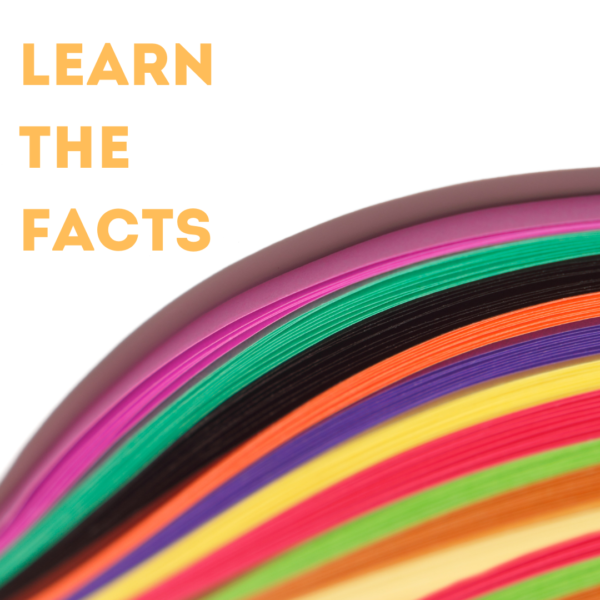| This activity helps teens learn about their risk factors when driving by challenging them to complete sentences with the correct facts. Students will be engaged by reading each strip and determining which pieces go together to form a complete sentence. |
Items Needed
|
|
|
Steps
|
- Choose 10 facts related to the top 5 risk factors for teen drivers and type into a document so that each fact is on 2 lines and can be cut in half. Make sure to include at least one fact for each risk. These can be found at t-driver.com.
- Print multiple sets of questions on colored paper so each team gets a different color. Now, cut statements in half so that there are 2 strips for each fact.
Pro Tip: Use zip lock bags to keep each set together.
- To play, this may be done in groups or individually. For group play, divide into teams. Have each team sit together at a table or in a circle on the floor. Give each team a bag of fact strips.
- Give teams 5 minutes to work together to match the strips to create accurate facts.
- When time is up, ask each team to share a fact with the class, giving them an opportunity to correct any mismatched statements.
- Talk about the top 5 risk factors that lead to crashes and encourage students to discuss ways to manage these risks.
- Share photos from your activity along with the facts you discussed on your school social media channels & website. Make sure you tag us: @teensdriverseat.
- Submit an Activity Form to earn TDS All-Stars credit for your school.
|
Don’t Forget
|
- The most common causes of teen driving crashes are the ones that young drivers know the least about.
- Having knowledge of the risks they face helps young drivers stay safe behind the wheel.
- Make sure to have the accurate statements so that you can make sure each statement is correct.
- Always use current facts and statistics.
- Take pictures of the activity to share online!
|
Make it GREAT
|
- Give a prize to the group that finishes first and/or the student that volunteers to read the statement first.
- If the student reads the incorrect statement have another group say the correct statement.
- When printing out facts/statistics, make sure to have a variety of facts, so that they cover all risks.
|
